Imagine a world where you’re no longer bound by the constraints of a keyboard or touch screen. A world where you can control everything with just your voice. Welcome to the era of voice technology. It’s a rapidly evolving field that’s changing the way we interact with our devices and transforming our daily lives.
Voice Technology

Tracing the path of voice technology, it’s evident that early innovations have paved the way for modern AI. In the 1950s, Bell Labs introduced “Audrey,” a system capable of recognizing spoken digits, marking the advent of voice recognition technology. However, users found Audrey complicated due to its precise speech requirements confounding the potential of the technology.
AI has significantly transformed this landscape today, introducing voice technology that’s intricate yet user-friendly. Modern Artificial Intelligence transformed voice recognition into voice understanding. Machines today not only interpret spoken words but, powered by Natural Language Processing (NLP), they understand the context, tone, and intent, allowing for a more interactive response.
How Voice Technology Works
Voice technology, though seemingly simple, has complex mechanisms behind it. Its evolution, from the early days of Bell Labs’ “Audrey” system, IBM’s Shoebox, to the today’s advanced AI-based systems, suggests the bold strides it made into our lives. Now, let’s take a deeper dive into the workings of this fascinating technology.
The Role of AI and Machine Learning

Artificial Intelligence (AI) and Machine Learning play vital roles in advanced voice technology. AI brings efficiency, helping systems identify different voices with incredible accuracy. Machine Learning, a subset of AI, takes it a notch further. It learns through experience – the more data it acquires, the better it gets. That’s why modern virtual assistants improve over time, delivering more accurate responses as they interact more with users.
In voice technology, AI algorithms get trained on millions of speech samples. They analyze nuances and accents to ensure accurate comprehension. Meanwhile, Machine Learning paves the way for predictive modelling.
Speech Recognition and Natural Language Processing
Speech Recognition and Natural Language Processing (NLP) form the backbone of voice technology. They provide an interface for translating human speech into data that machines can understand.
Speech Recognition starts off the process. It converts spoken words into written text. It’s a task easier said than done due to the variation in accents, speech speed, and background noise. Yet, contemporary systems manage this admirably with appreciable accuracy.
Once converted, the text is then fed into the Natural Language Processing system. NLP, another AI facet, helps machines understand the meaning behind the collected words. It gauges context and interprets syntax, adding logical meaning to the processed script.
Applications of Voice Technology
Everyday Use in Smart Devices
Thousands of households around the globe now employ devices like Amazon’s Alexa, Apple’s Siri, or Google Home. These virtual assistants, powered by sophisticated voice technology, turn lights on, play music, set reminders, and even order groceries. Not merely limited to smart speakers, voice technology is also a central component inside smartphones, tablets, smart TVs, and wearable technology.
Impact on Accessibility and Assistive Technologies

For persons with disabilities, voice technology brings a new dimension of accessibility. People with visual impairments or mobility issues can control devices, surf the web, send messages, and access information through voice commands, creating a more inclusive digital environment. Screen reading software now vocalizes written text, allowing visually impaired users to consume content.
Eldercare has also seen considerable advancements through voice technology. Older adults, less familiar with traditional technological interfaces, can use voice commands to connect with caregivers or access digital services. For example, reminder systems for medication, appointments, and general tasks can significantly assist individuals with cognitive impairments.
Must Know
Voice technology’s journey from Bell Labs’ “Audrey” to AI-powered virtual assistants like Alexa is indeed a testament to human innovation. It’s not just about recognizing speech anymore; it’s about creating interactive experiences that are becoming an integral part of our daily lives. From smart speakers to wearable tech, voice technology is everywhere, making technology more accessible and inclusive.

